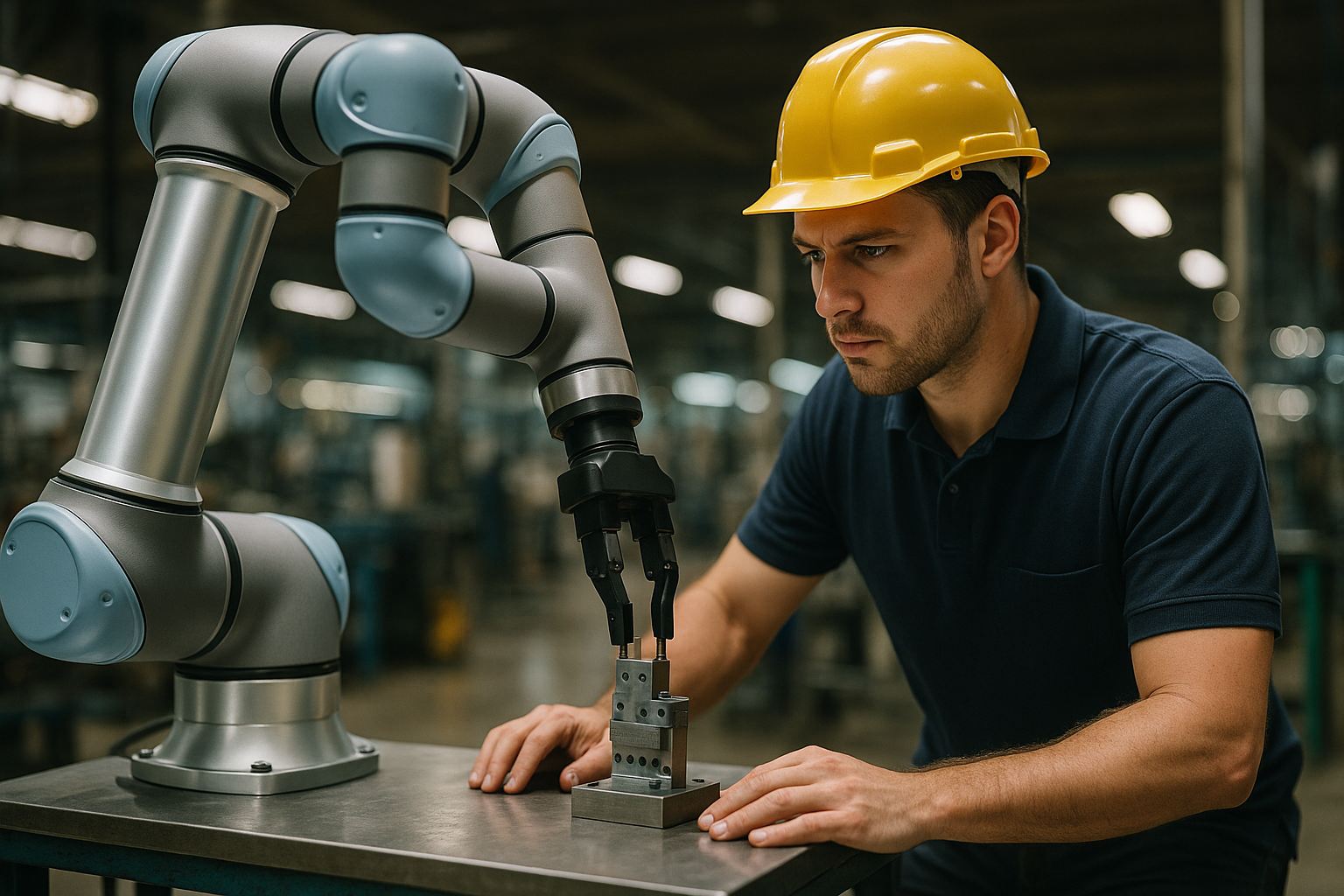Shifting Gears: The Role of Cobots in Revolutionizing Manufacturing Processes
Introduction: The manufacturing sector is rapidly embracing the concept of collaborative robots, commonly referred to as 'cobots'. These machines are designed to work alongside their human counterparts, promising a transformation in productivity, efficiency, and safety. This article delves into the rise of cobots, their implications for the manufacturing industry, and practical insights for businesses considering this innovative technology.

The Emergence of Cobots
Cobots made their debut in the industrial scene in the late 90s, with their design focused on ensuring safety and collaboration with human workers. Unlike traditional robots, which require separate workspaces due to safety concerns, cobots are built to interact with humans in a shared workspace. Over the years, the cobot technology has evolved, becoming more sophisticated, intelligent, and versatile.
The Cobot Advantage
Cobots bring a myriad of benefits to the manufacturing sector. They enhance productivity by performing tasks more quickly and accurately than humans. Their precision reduces waste and improves product quality. Cobots also take on repetitive tasks, freeing human workers to engage in more complex, value-added activities. Additionally, they minimize workplace injuries by performing hazardous tasks.
The Challenges of Cobot Adoption
Despite the clear benefits, the shift towards cobots is not without challenges. For starters, the initial cost of acquiring and installing these machines can be high. Training staff to work with cobots also requires time and resources. Furthermore, there may be resistance from employees who fear job displacement.
The Future of Cobots in Manufacturing
The future of cobots in manufacturing looks promising. According to research, the cobot market is projected to grow at a compound annual growth rate (CAGR) of 34.4% between 2021 and 2026. This growth is fueled by the need for automation and the increasing demand for flexible manufacturing processes.
Practical Insights for Cobot Integration
-
Start Small: Begin the cobot integration process by automating simple, repetitive tasks. This step-wise approach will help to minimize disruption and facilitate a smooth transition.
-
Training: Invest in training employees to work with cobots. This not only equips them with necessary skills but also helps to alleviate fears of job displacement.
-
Safety First: Ensure that safety protocols are in place. While cobots are designed for safe interaction with humans, accidents can still occur.
-
Choose the Right Cobot: Cobots come in different shapes and sizes, each with its unique capabilities. Select one that best fits your operational needs.
In conclusion, as the manufacturing sector continues to evolve, the integration of cobots presents a significant opportunity to drive efficiency, productivity, and safety. While the adoption of this technology comes with challenges, the benefits far outweigh the hurdles. As we move forward, businesses that effectively harness the power of cobots will undoubtedly have a competitive edge.



